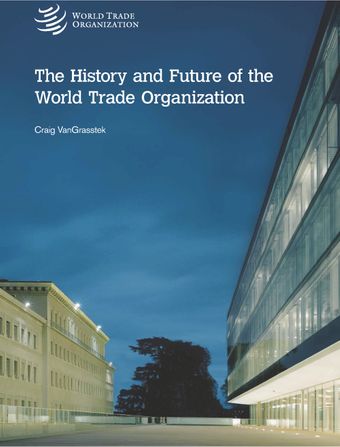Leadership of the organization and management of the institution

- De :
- Source: The History and Future of the World Trade Organization , pp 503-548
- Publication Date: juillet 2013
- DOI: https://doi.org/10.30875/41482a04-en
- Langue : Anglais
In a happy coincidence of theory and practice, Douglass North wrote his seminal essay on “Institutions” at almost precisely the same time that the WTO was first proposed. “Institutions are the humanly devised constraints that structure political, economic and social interaction,” he wrote (1991: 97), and “consist of both informal constraints (sanctions, taboos, customs, traditions, and codes of conduct), and formal rules (constitutions, laws, property rights)” that human beings have devised throughout history “to create order and reduce uncertainty in exchange.” That is as good a definition as any of the purposes of the WTO, which may be further distinguished according to its two halves. The WTO is at once an institution staffed by international civil servants and an organization to which members belong. While it is the organizational half of the WTO that is chiefly responsible for writing new rules, the institutional half not only facilitates those negotiations but also administers agreements, monitors the members’ compliance with the rules, and promotes the capacity of the developing members to participate more effectively in the organization and to take advantage of the opportunities that a more open market affords.
-
From This Site
/content/books/9789287042347s013-c001dcterms_subject,pub_countryId-contentType:WorkingPaperSeries -contentType:Periodical -contentType:BookSeries -contentType:ReportSeries105


